DIAMOND EDUCATION AND INFORMATION
Round Cut Diamonds
The most commonly chosen shape, round diamonds have been researched by gemologists more than any other variation. Renowned for its unrivaled fire and brilliance, this shape boasts excellent light refraction properties. When all else is equal, round cut diamonds are more valuable than alternative shapes.
ROUND CUT
Princess Cut Diamond
A square stone with 90-degree corners, the princess shape originated in the United States in 1980. The most desirable princess diamonds are perfectly square in shape, with the more rectangular variations decreasing in value.
PRINCESS CUT
Asscher Cut Diamonds
Introduced in 1902 by renowned diamond cutter Joseph Asscher, this diamond shape utilizes many of the same cutting techniques as the emerald cut. What sets asscher diamonds apart are their uniquely angled and cropped corners creating a timeless look.
Radiant Cut Diamond
Relatively new to the jewelry industry, radiant diamonds were introduced a little more than 20 years ago. This unique shape is a stunning hybrid of a traditional round cut and an elegant emerald cut, resulting in a square, near-square, or rectangular orientation. As the name suggests, radiant diamonds tend to emit a beautiful, memorable glow.
Cushion Cut Diamond
First introduced to the jewelry market in the early 1800’s, the cushion cut diamond is rich with diamond history. Cut into a square or rectangular shape with rounded corners and sides, it's considered by many to be a more vintage version of the round cut diamond.
Emerald Cut Diamond
Emerald cut diamonds are usually rectangular in shape. Distinguished by beveled corners and step facets, this type of diamond is more transparent than other shapes, often requiring higher standards of clarity.
Oval Cut Diamond
Cut with the same number of facets as a round diamond, an oval shape emits nearly the same level of brilliance and fire. Due to its elongated shape, the oval cut can appear larger than a round diamond of equal carat (weight).
Pear Cut Diamond
Exuding elegance, the pear shape diamond (also referred to as a drop cut or teardrop diamond) is cut to resemble a drop of water with a single point and rounded end. The result is a cross between a round and marquise cut.
Diamond Color
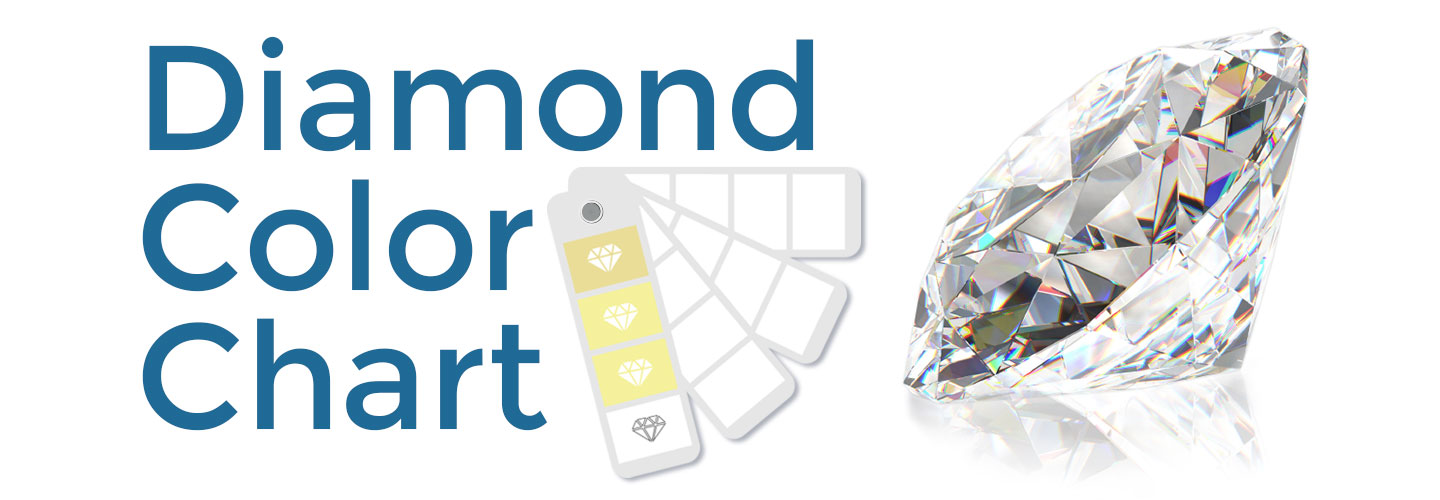
Diamond color is the hue of a diamond based on the GIA diamond color scale, which grades the diamond’s color on a spectrum of D (colorless) to Z (light yellow hue). The absence of color is what determines both its grade and value, as well as has a significant impact on its appearance. Diamond color grade is typically determined with the diamond face down and the culet facing up set against a pure white surface, following a grading scale of D (colorless) to Z (faint yellow).
Colorless (D,E,F)
Highest-quality color grade a diamond can receive. A D-color diamond is extremely rare and emits unrivaled brilliance.
Containing very minute traces of color, an E or F-color rated diamond emits a high level of brilliance and sparkle.
Near Colorless (G,H,I,J)
Containing noticeable color only when compared to higher color grades, G or H color diamonds provide an excellent value.
Whereas an I or J-color diamond typically appears colorless to the untrained eye yet contains slightly detectable color.
Faint Yellow (K,L,M)
Faint color is noticeable. Even with the presence of color, these grades of diamonds can emit fire and beauty.
Consider selecting a lower color when setting in yellow gold as color will be not as apparent.
PLEASE READ BEFORE BUYING A DIAMOND ANYWHERE.
DIAMOND COLOR CHART EXAMPLES ONLY

Diamond color is a range within each color category it is a "OPINION " of the lab providing the report on the diamond and an vary by multiple grades
As you can see when the diamond is " FACE UP " color is much harder ti see even when compared SIDE BY SIDE
FUN FACT : COLOR FACE UP IS NOT AS OBVIOUS AS LOOSE UP SIDE DOWN ON A WHITE TRAY UNDER SPECIAL LIGHTS
SO YOU DON'T NEED TO SPEND THOUSANDS MORE ON A D E F when a G H I is Just as Gorgeous saving you THOUSANDS .
D: Absolutely colorless. The highest color grade, which is extremely rare.
E: Colorless. An expert gemologist can detect only slight traces of color. A rare diamond.
F: Colorless. Slight color detected by an expert gemologist, but still considered a "colorless" grade. A high-quality diamond.
G-H: Near- colorless. Color noticeable when compared to diamonds of better grades, but these grades offer excellent value. MOST SOLD
I-J: Near- colorless. Color slightly detectable. An excellent value.
K-M: SELECTED ONES OFFER THE BIGGEST BANG FOR YOUR BUCK on larger diamonds especially with fluorescence which can Upgrade color visually
N-Z: Not carried.
Diamond Fluorescence
Fluorescence is the tendency of a diamond to emit a (soft) glow when exposed to ultraviolet light (UV light). The fluorescence effect is present in over 30% of diamonds and is an important consideration when buying a loose diamond.
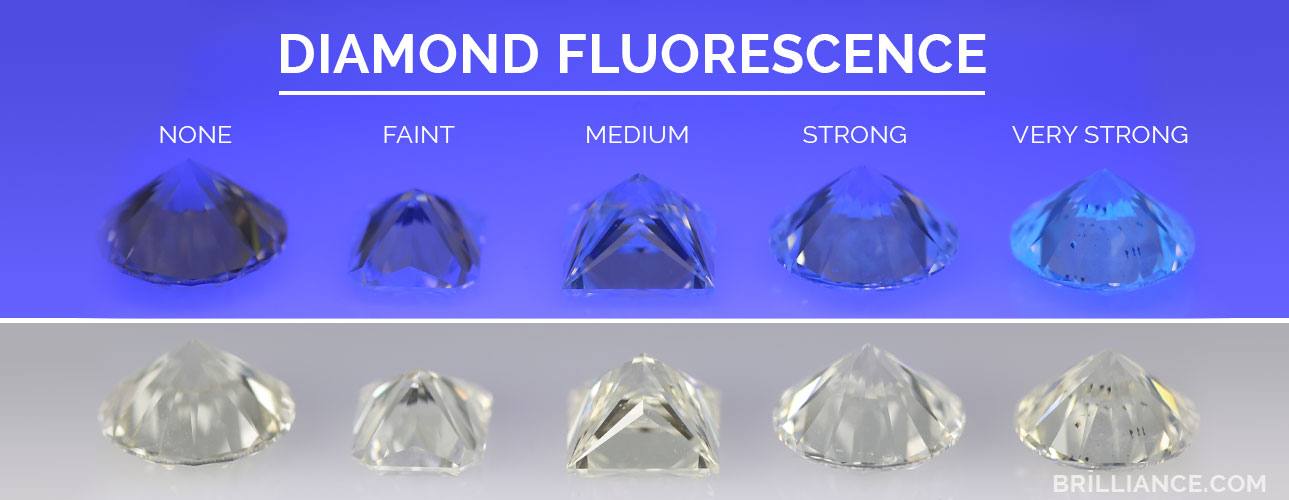
When UV light strikes a diamond with fluorescent properties, the stone emits a glow. Most often blue, it can also be shades of green, yellow, white or red. Fluorescence can occur in different intensities. Gemological laboratories like the GIA rate diamond fluorescence on a scale from "None" to "Very Strong". (Want to speak with a diamond expert?
-
None, Nil, Negligible No fluorescence, no influence on color.
-
Faint, Slight Weak fluorescence, not a significant influence on color (barely perceptible).
-
Medium Average fluorescence, small influence.
-
Strong, Extremely Strong Strong fluorescence, substantial color influence. Only 2% are negatively affected by being milky or hazy. Otherwise fluorescence can be a POSITIVE by visually upgrading the color without a a higher color grade .
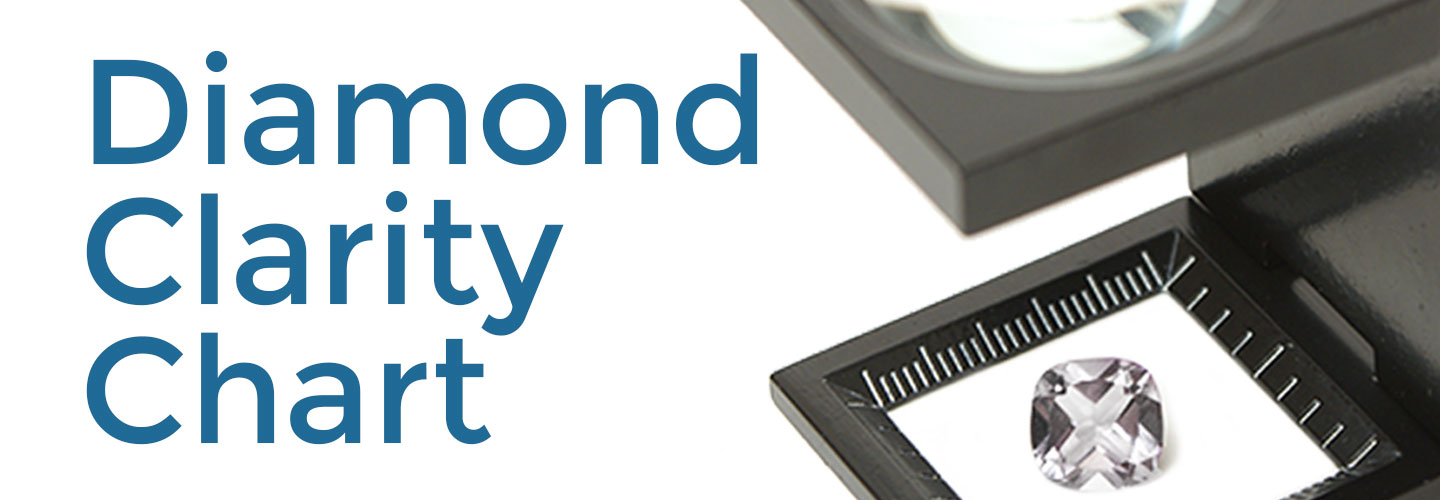
Flawless (FL), Internally Flawless (IF)
Internally Flawless (IF) diamonds may contain external characteristics (also known as blemishes) that are extremely difficult to view at 10x magnification on the stone's surface, if at all, whereas Flawless (FL) is the best clarity of a diamond as it does not contain any inclusions or blemishes, under the scrutiny of 10x magnification.
Very Very Slightly Included (VVS1, VVS2)
Although the name is seemingly redundant, Very Very Slightly Included (VVS1, VVS2) diamonds earn this grading because, unlike their Flawless or Internally Flawless bretherin, they do contain inclusions that are so minute that they're extremely difficult to locate under 10x magnification used by expert gemologist to determine a stones clarity.
Very Slightly Included (VS1, VS2)
Like their higher graded counterparts, VS1 and VS2 diamonds also contain minute inclusions, such as clouds, crystals, or feathers, but, unlike Very Very Slightly Included diamonds, Very Slightly Inlcuded stones' inclusions, though miniscule are only just difficult to locate with 10x magnification, rather than being extreamly difficult.
Slightly Included (SI1, SI2, SI3)
Even without 10x magnification, Slightly Included diamonds (SI1, SI2, SI3) contain inclusions that are noticiable to the human eye such as clouds, knots, crystals, cavities, and feathers. However pronounced and numerous there are without magnification, thought, is what determines a diamond is either Slightly Included or fully Included.
Included (I1, I2, I3)
Diamonds that are graded as Included (I1, I2, I3) contain very obvious inclusions that can usually be seen with the naked eye, and even more underneath 10x magnification. Included diamonds sometimes display poor transparency and lack of brilliance due to excessive clouds, feathers, knots, cavities and crystals large and deep enough to be confused for smudges or cracks. Inspite of these blemishes, Included diamonds are still able to sell well enough, inspite of being considered undesirable as compared to a higher clarity graded stone.
CERTIFICATES or GRADING REPORTS as they are also known.

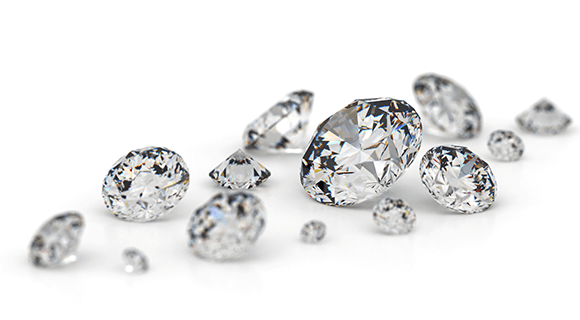
Diamond Certification
A diamond certificate, also known as a diamond grading report, is an easily understood document prepared by an expert gemologist that describes the key characteristics of a diamond. A certificate from a gemological laboratory verifies the quality of a loose diamond and allows non-experts to make educated diamond buying decisions. At Brilliance, we rely on 5 highly regarded, internationally acclaimed gemological laboratories to certify every loose diamond we offer. These laboratories use universally recognized standards for grading diamonds.
GIA Diamond Certification
Founded in 1931, the Gemological Institute of America, or GIA, is an independent, non-profit organization considered by many to be the world's foremost authority in gemology. Introduced in 1953, their diamond and gemstone grading system is recognized worldwide. Manufacturers from around the world send diamonds and gems to GIA for examination and analysis.
When a diamond is accompanied by a GIA certificate, the consumer is assured that the stone has been analyzed by an unbiased gemologist who upholds the highest standards of integrity, science, and professionalism.
AGS Diamond Certification
Since 1943, the American Gem Society (AGS) has demonstrated a commitment to upholding the highest ethical standards in the diamond and jewelry industry. Driven by a goal to provide premium education for jewelry professionals and consumers, the society offers courses to all segments of the diamond industry. The AGS established a laboratory in 1996 to provide modern grading services for the diamond market.
Its conservative and unbiased approach to diamond grading has made the AGS one of the world's most respected gemological laboratories. Consequently, an AGS certificate guarantees an accurate analysis and evaluation of a diamond.
EGL Diamond Certification and EGL-USA
The European Gemological Laboratory, or EGL, was founded in Belgium more than 30 years ago. EGL is committed to protecting the integrity of the jewelry trade and promoting public interest through applied science, innovation, education, and exceptional service. The laboratory is credited with introducing new approaches to diamond grading and conducting advanced research with physicists, geologists, and mineralogists. An EGL certificate is a valued document that aids consumers in the diamond buying process and is the result of thorough scrutiny of a diamond. EGL
Each EGL USA Gemological Report provides a clear, concise view of
your stone. So, it’s more than an
exceptional document. It’s the final step in an exceptional process.For diamonds, colored diamonds and colored gemstones,
EGL USA and its gemologists
deliver state-of-the-art analysis and unparalleled customer support. https://www.eglusa.com
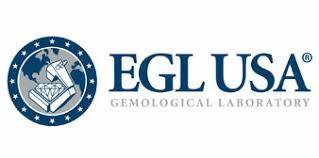

IGI Diamond Certification
Established in 1975, the International Gemological Institute, or IGI, is the largest independent gemological laboratory in the world, with locations in all major diamond centers. IGI's mission is to provide jewelry professionals and consumers with extensive education programs and reliable diamond and fine jewelry certification.
An IGI certificate is comprised of a detailed analysis of a diamond's characteristics by several expert gemologists.
HRD Diamond Certification
The Hoge Raad voor Diamant (HRD), translated as "Diamond High Council", was established in Antwerp in 1973 as the European counterpart to the GIA. Representing the global diamond trade to public governments and diamond organizations, HRD monitors and reports the import and export of over half of the world's loose diamonds.
HRD is at the forefront of advanced research and education in the diamond industry. Based on internationally accepted standards, an HRD diamond certificate is highly regarded among jewelers and consumers.
ADDITIONAL INFORMATION ,...........
They are ALL recognized in the industry and are more desirable than buying a diamond without any report at all. However THEY ARE NOT THE SAME......
This calls for common sense on the consumers behalf as well as some research. Sadly This is what a lot of people do, they buy a visually Gorgeous diamond and then go to a local Jeweler who didn't sell them the ring to "Verify what a Great deal they got" what do you think they will tell you or try and do????? They will put doubt in your head to try and sell you their inventory. giving you their "OPINION" on your Deal"? Or if you buy a diamond with a grading report other then GIA for a much lower price then a equal quality with a GIA report. The lower price you're paying reflects the looser grading already, so visiting a GIA Appraiser or Jewelry store for their "opinion" again, Consumers should not expect them to tell you that the diamond matches GIA's stricter grading criteria as it will Definitely NOT, that is a well known fact.
WHEN YOU'VE PURCHASED A EGL CERTIFIED DIAMOND, (DON'T EXPECT IT TO = TO GIA DIAMOND GRADING ).
IN FACT IF YOU'RE BUYING A IGI, HRD, AGS, EGL-USA OR ANY OTHER GRADED DIAMOND. DON"T EXPECT IT TO MATCH OR BE THE SAME AS GIA . IT WILL NOT BE 9/10 TIMES .
The BASIC rule to go by is, "IF If it was not certified by GIA, IT WILL NOT MATCH GIA."
There is nothing wrong with buying a diamond with another certification as long as you are aware of these detail, and accept the variation, years ago people would buy none certified diamonds from a local jeweler and just take their word for it. A grading report is a guideline to verify carat weigh and measurements and estimated inclusion plot to identify the diamond IT IS NOT A GUARANTEE OR WARRANTY OF ANY KIND .
I offer a 7 day inspection period to give you the opportunity to see it for yourself and make your own informed decision if you love it or not.
Yes its confusing as two diamonds even with the exact details on a certificate done by the same lab, can still look different and be prices differently, THERE ARE NO TWO DIAMONDS IN THE WOLD THAT ARE IDENTICAL visually even if they show almost the same details on paper. That is why YOU have to see it for yourself. Both Diamond in the picture are GIA GRADED AS H COLRO AND SI1 CLARITY TRIPLE EXCELLENT . Do they look the same ?
. 
same size color and clarity can cost thousands apart difference in cut, dimensions, visual appearance, the location and type of inclusions or acquisition cost.

There is no universal pricing for each carat, weight, color and clarity two diamonds almost identical ALL GIA in size color and clarity can be 10- 28K APART !!!!!!
3.01 G Si1 VERY GOOD CUT $36,835
3.12 G Si1 EXCELLENT CUT $46,072
3.12 G Si1 EXCELLENT CUT $64,097
 OR
OR


They are both 3.12 G SI1 GIA and there is a 18,000 PRICE DIFFERENCE.
*****DIAMOND DIRECT BUY- ANNA IS NOT A CERTIFIED GEMOLOGIST ONLY A "BROKER" IN THE SALE TRANSACTION.
Going back to the certificates, ALL LABS use different Grading systems and diamond grading for mainly color and clarity this can also include cut, polish and symmetry is done at every laboratory not with machines but by the human eye. THEREFORE IT IS "SUBJECTIVE". The LABS OPINION
This is where they WILL vary, and each Certificate even GIA will not offer any warranty as to their grading. You can send the same diamond to GIA in LA and NY and get 2 different opinions at times !!!! ( see video below)
It has happened MANY TIMES, You can even send the same diamond in mutiple times and get a different grading EVEN FROM THE SAME GIA LAB.
Grading report or otherwise known as a certificate
 is a ONLY A "guideline" of the diamonds details NOT A GUARANTEE even when you buy one with a GIA Report. There in No LEGALAL DEFINITION OR STANDARD SET that EXISTS AS LAW. It is a general opinion that GIA has the reputation of being the most consistent and stricter then others, there is no one rule general rule that OTHER certificates are 1-2 or 7 grades off because all diamonds ARE DIFFERENT.
is a ONLY A "guideline" of the diamonds details NOT A GUARANTEE even when you buy one with a GIA Report. There in No LEGALAL DEFINITION OR STANDARD SET that EXISTS AS LAW. It is a general opinion that GIA has the reputation of being the most consistent and stricter then others, there is no one rule general rule that OTHER certificates are 1-2 or 7 grades off because all diamonds ARE DIFFERENT.
ALL CERTIFICATED INCLUDE A DISCLAIMER Including : GIA CERTIFICATE WHICH STATES " THIS REPORT IS NOT A GUARANTEE OR VALUATION"
" IT is the Lab's "Opinion" which is SUBJECTIVE and Vary depending on persons, training, eyes, and techniques and equipment used at the time of grading, lighting and many other factors.


A diamond Certificate can be compared to a "Birth Certificate" of a Diamond stating Details about the Diamonds 4 C's
A certificate alone will not describe how beautiful or ugly the diamond is in reality. Nor will it tell you if it sparkles ,No matter who certified it..... ONLY your eye can determine that FACT! Therefore that is why I offer the 7-Day inspection period from delivery to you, on any item SOLD
BOTH DIAMONDS GRADED by GIA with a i1 Rating ( the same clarity )
DO THEY LOOK THE SAME TO YOU ?) they are offered for a very close price hundreds apart .
Perfect example JUST HOW SUBJECTIVE GRADING CAN BE .






Images provided by Olympian Diamonds 3rd generation JewelersGrades!
If the same diamond can have different grades,
then why is it so important? You should buy
ARE EGL DIAMONDS ILLEGAL ?
NO There is no LAW stat states they are illegal, EGLUSA tried to ban the use of the name EGL over 10 years ago but it never went thru
EGL-USA is not Affiliated with EGL from Europle and since most of the EGL LABS have closed there are only a few operating one in HONG KONG and EGL PLATINUM


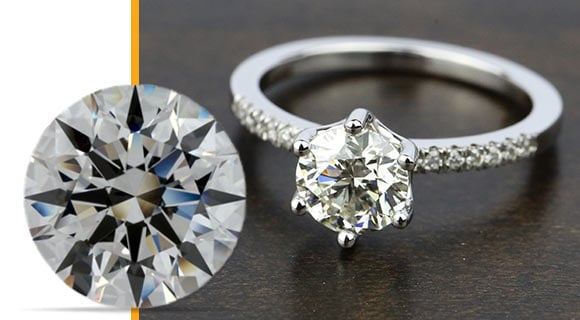
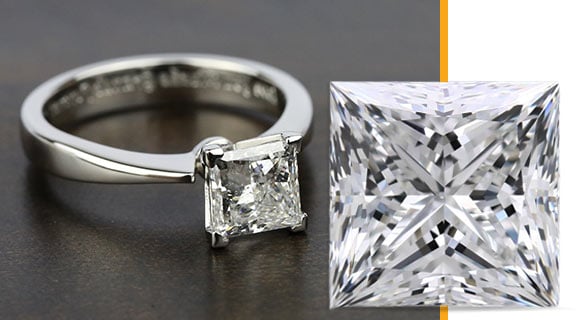
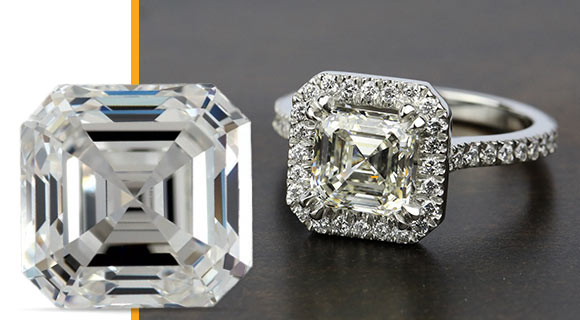
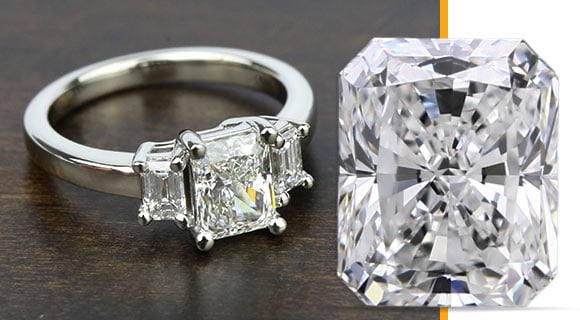
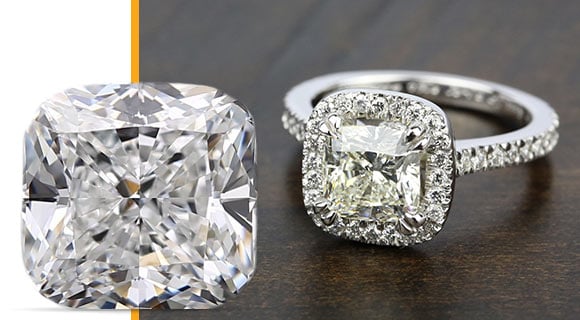

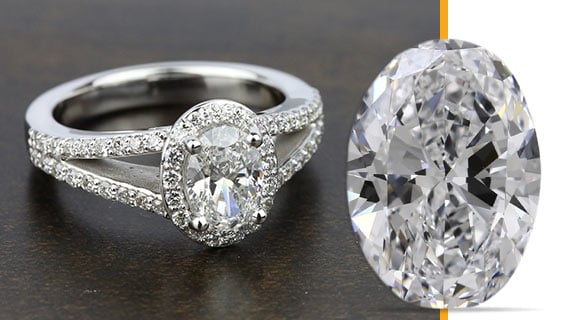
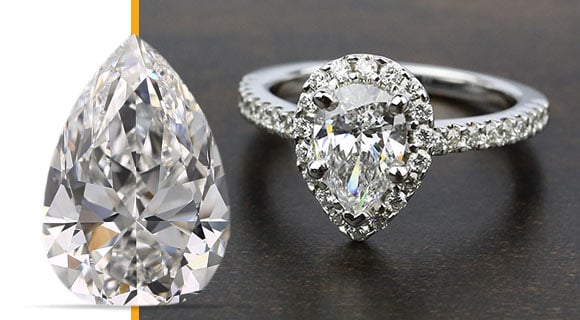
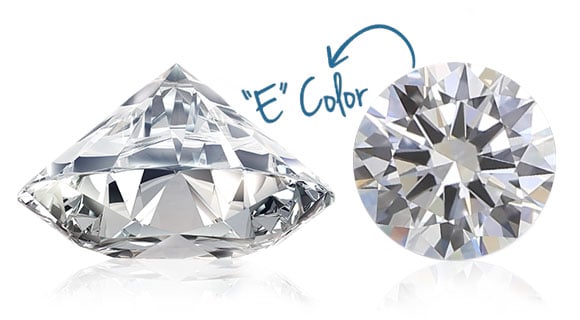
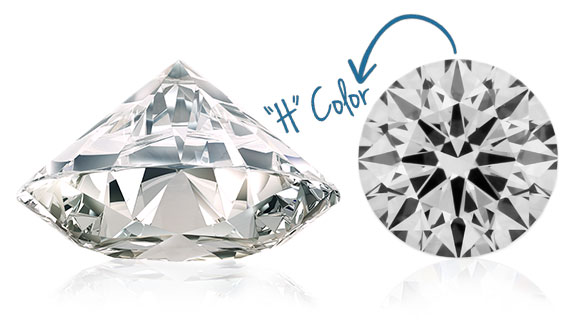
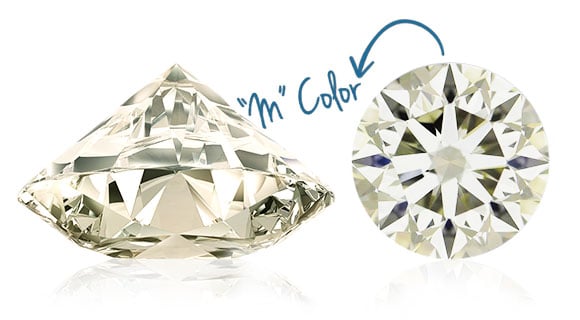



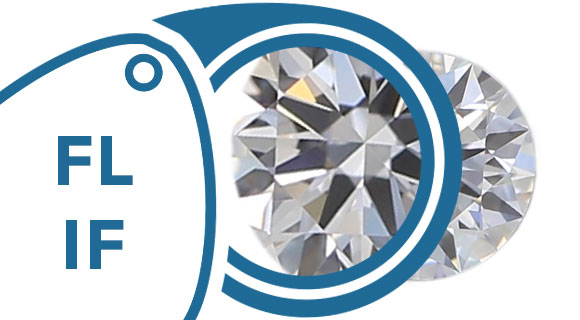
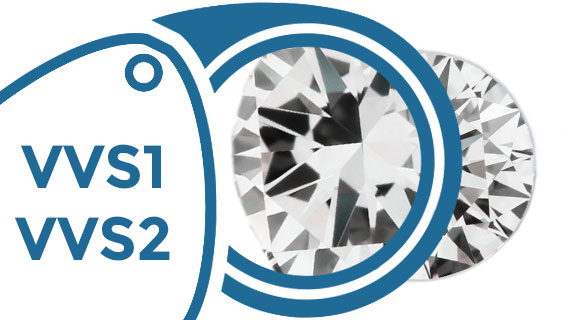
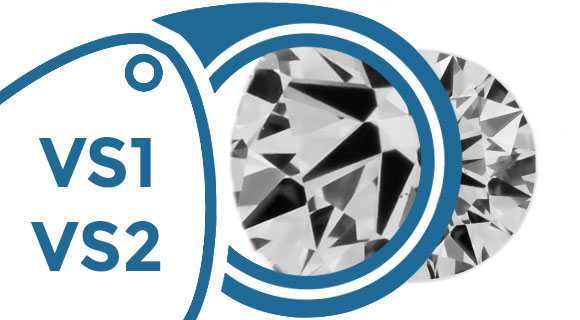
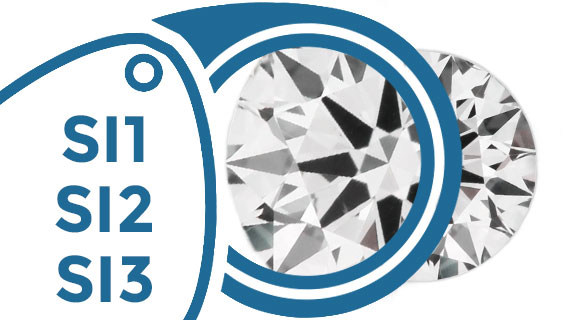
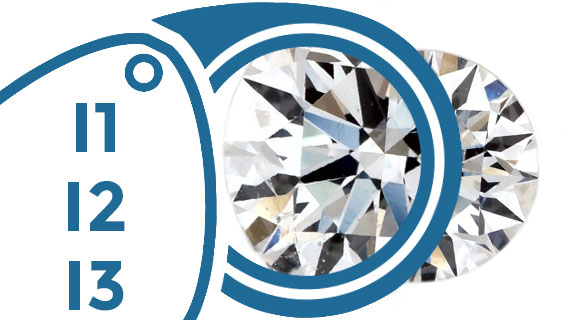



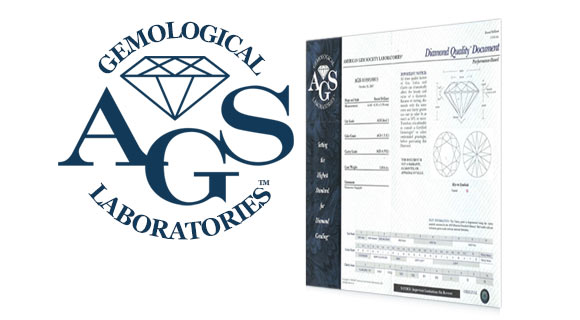

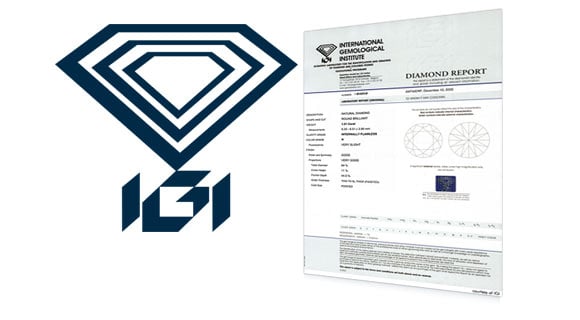



 OR
OR









